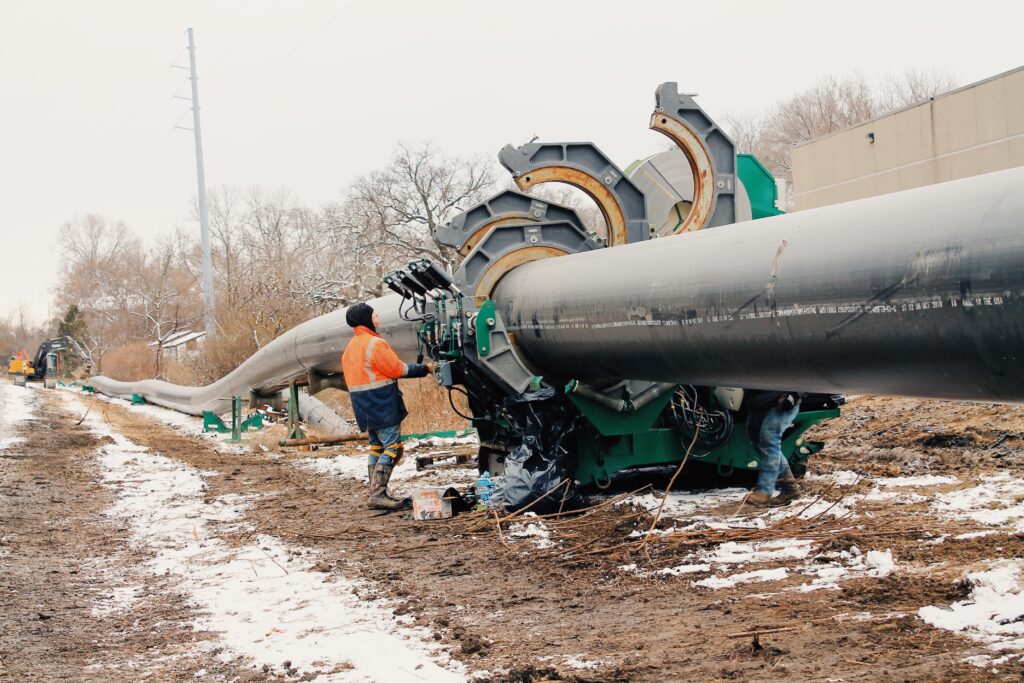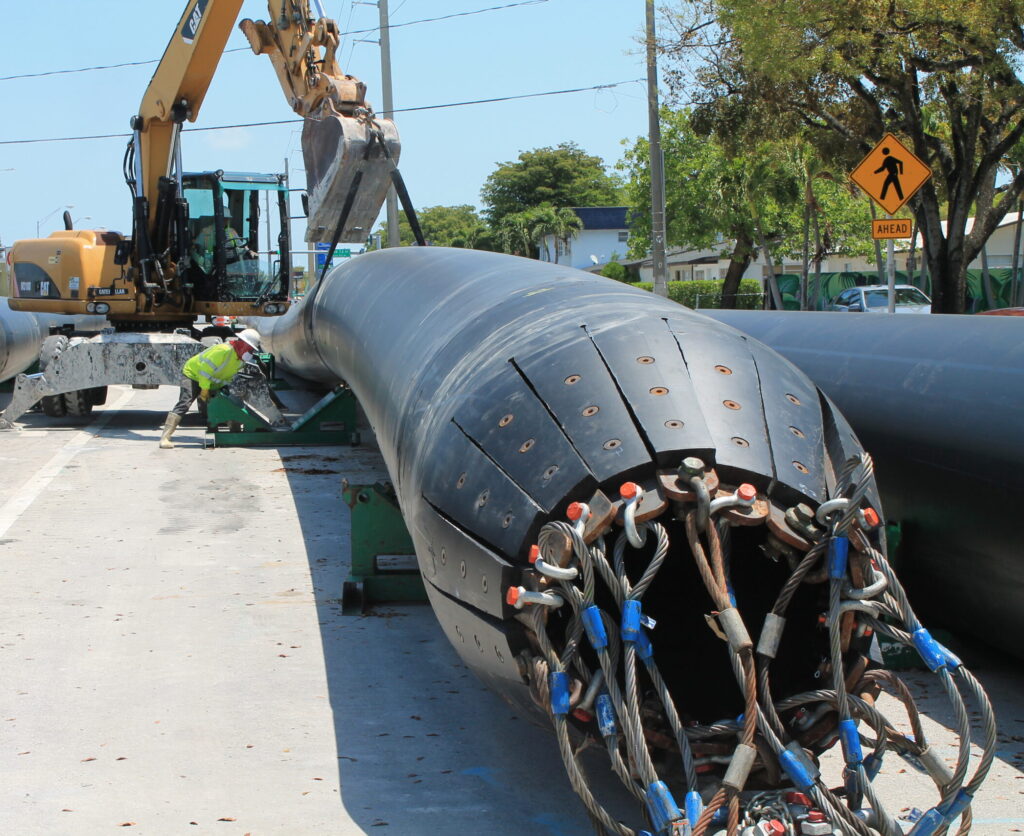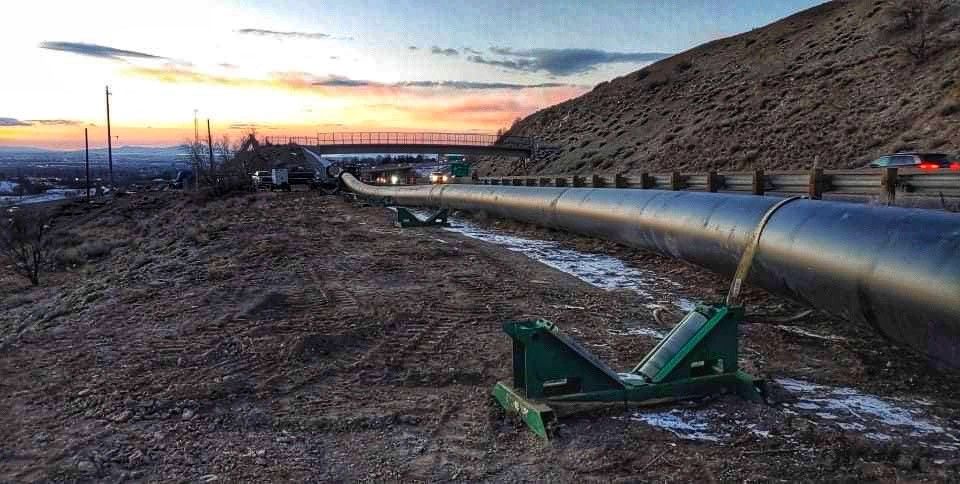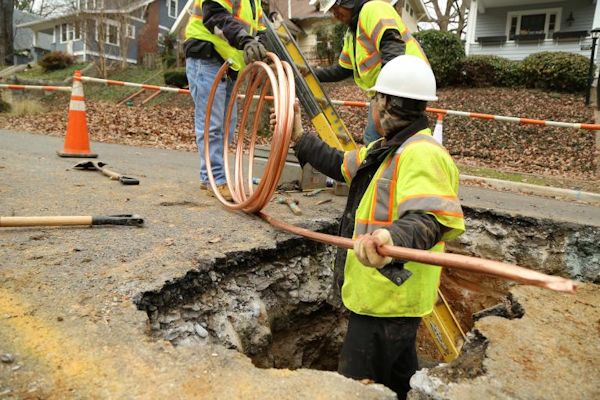Potable Water Renewal Solutions

CompressionFit® HDPE Lining
CompressionFit is a trademarked technology ideal for large diameter water applications. It utilizes High-Density Polyethylene (HDPE) pipe with an outside diameter (OD) larger than the inside diameter (ID) of the host pipe being renewed. After the HDPE is butt fused to the measured length, it is pulled through a reduction die as it is inserted into the host pipe. This temporarily reduces the diameter of the HDPE. While the pulling load keeps it under tension, the pipe is maintained in a reduced state. When the head of the pipe reaches the termination point, the pulling load is removed. The HDPE then expands to the ID of the host pipe creating a compression fit securely locking it in place.

Pre-Chlorinated Pipe Bursting
The pre-chlorinated pipe bursting method was first adopted by water companies in the UK. It has become the preferred method for pressure pipe replacement in Europe, with over 100 million feet installed to date. The method utilizes High-Density Polyethylene (HDPE) pipe preassembled above ground. Once the segments are bacteriologically disinfected and pressure tested, bursting operations can begin. A series of small excavations are made and then the preassembled HDPE pipe is pulled into place utilizing the static pipe bursting method. Once the pipe is in place, a post-chlorination and flushing is performed before the new water line is connected to the distribution system.

Slip Lining
Slip lining is one of the oldest trenchless technologies in the industry and is a cost-effective solution for pressure applications. It allows for installations distances up to 5,000 ft in one shot. Using High-Density Polyethylene (HDPE), a smaller carrier pipe is inserted into a larger host pipe. Once fully inserted, the annular space between the two pipes is grouted and the ends are sealed with minimal above ground disruption.

Lead Service Line Replacement
Lead and lead lined water pipes have been proven to have significant negative health impacts in both adults and children. In children especially, lead has been shown to impair physical and mental development whilst also damaging the brain in the process.
In Lead Service Line Replacement a simple horizontal drilling technique is used. The lead line gets disconnected from the home and the water main upon entry into the home via the basement (or first floor level if no basement present). Once the old lead line has been disconnected on both ends, it is usually abandoned in the ground and a new copper line is installed. This technique is designed to cause minimum disruption to neighborhoods and homeowners. Typical replacement occurs in 3-4 hours.

